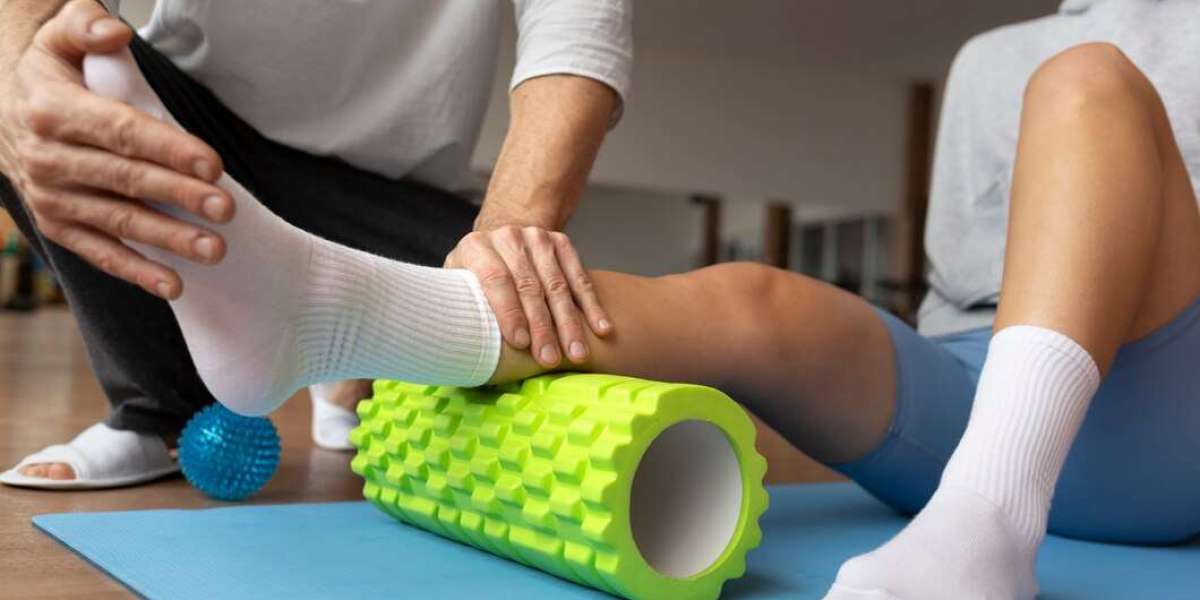They help track whether specific goals are met and how a patient's health changes over time. In physiotherapy, these measures are super important for figuring out how effective treatments are, setting goals, and keeping an eye on progress. They allow health professionals to deliver care that's based on solid evidence and focused on the patient, ultimately improving the overall quality of therapy.
The Use of Functional Outcome Measures
Functional outcome measures help track how much a patient improves during their treatment. These measures give physical therapists a clear starting point to assess a patient's abilities and see how they progress over time. They also allow healthcare providers to show how effective their treatments are and make adjustments if needed. With the push from the Centers for Medicare Medicaid Services (CMS) for evidence-based practices, these measures serve as a solid foundation for justifying patient care. On the ground, therapists can use these outcome measurements to showcase real progress, highlighting the quality of care they provide. To effectively document and promote physical therapy outcome measures, best practices include:
- Start using physical therapy outcome measures that fit well with your practice. Make sure you have the right tools for every specific PT service, body part, and condition you handle.
- Hold training sessions for all the assessment tools in physical therapy. Since many assessments rely on patient feedback, it's crucial for PTs to know how to help patients navigate the process. Regularly use functional outcome measures.
- Make it a point to use these tools during the first evaluation, at re-evaluations, and every ten visits, including at discharge. Highlight the need for consistent functional outcome measures. PTs should be trained to provide timely progress reports that accurately reflect gradual improvements.
- Keep up with physical therapy billing guidelines. Stay updated on CMS coding requirements to make sure your claims get processed and paid without any hiccups. Align functional improvements with patient engagement and satisfaction.
- Use patient satisfaction surveys to showcase your clinic's success rates for specific conditions or services, along with the positive experiences of your patients.
The Integration of PROMs and PREMs with PMS
Patient-Reported Outcome Measures (PROMs) are all about patients sharing their experiences through pain questionnaires or surveys, which provide valuable insights into their healthcare journeys. These surveys can touch on things like how severe their symptoms are, how well their treatments are working, or how satisfied they are with the care they received.
- On the flip side, Patient-Reported Experience Measures (PREMs) focus on getting feedback from patients about their experiences with healthcare professionals or activities of daily living.
- Another important use of PROMs and PREMs is to assess the impact of specific treatments or interventions. By using PROMs, healthcare providers can see if a patient's health has improved after a particular treatment. Similarly, PREMs can reveal whether a provider's way of communicating has had a positive effect on the patient experience.
- Over time, gathering this data can help healthcare providers and administrators identify what works well and make necessary adjustments throughout the system.
Integrating PROMs and PREMs with PMS in physiotherapy can greatly enhance patient care, improve clinical decision-making, and streamline administrative tasks. All you need to do is to choose a PMS that supports integration with third-party apps or has built-in functionality for collecting PROMs and PREMs. Then youll just have to regularly review collected data and make adjustments to the process, questionnaires, or care plans based on patient feedback and outcomes. Heres a way to bring them together:
- Automated Questionnaires: PROMs and PREMs can be sent to patients automatically through the PMS, either via email, text, or a patient portal. The responses are then integrated into the patient's electronic health record.
- Real-Time Dashboards: The PMS can feature a dashboard that provides an overview of patient-reported outcomes and experiences, allowing physiotherapists to quickly assess a patients progress and satisfaction.
- Customizable Templates: The software should allow customization of PROMs and PREMs to fit the specific needs of different patient groups or conditions, ensuring relevance and accuracy.
- Alerts and Reminders: The PMS can trigger alerts for clinicians if PROMs indicate worsening symptoms or if PREMs highlight dissatisfaction, prompting immediate follow-up.
- Data Analytics and Reporting: The PMS can aggregate PROMs and PREMs data to generate reports on treatment effectiveness, patient satisfaction, and clinic performance, aiding in both clinical and administrative decision-making.
Several CMS Recommendations
The Centers for Medicare and Medicaid Services (CMS) is proposing to adopt a more uniform method for measuring health status, as outlined below:
- Implement EQ-5D-5L as the go-to generic Patient-Reported Outcome Measure (PROM) and Quality of Life (QoL) tool.
Created by the Euroqol group, the EQ-5D-5L is suitable for a variety of health issues and treatments, and it's commonly used outside of just physiotherapy. It's an easy-to-use measure that patients fill out at the beginning and end of their treatment. The name stands for 'EuroQol 5 Dimensions 5 Levels', and it covers five health dimensions: mobility, self-care, usual activities, pain and discomfort, and anxiety and depression. Each dimension has five response options. The EQ-5D-5L is a key measure selected by the Department of Health in England for the current PROMs program. It's been in use since 2009 to assess and compare different elective surgical pathways, including total knee replacements, total hip replacements, varicose vein treatments, and hernia surgeries.
- Whenever possible, go for disease-specific PROMs. Generic ones like EQ-5D-5L are great for comparing results across different conditions, but disease-specific PROMs can really dig deeper and offer more sensitivity.
These tools are crafted and studied with specific conditions, diseases, or functional issues in mind. The tricky part about using disease-specific PROMs in a consistent way is the sheer number of options out there.
It's crucial to find a balance between showing the effects of an intervention and not overwhelming everyone with too much data. So, when picking a disease-specific PROM, think about who will be using it. This usually includes a mix of:
- patients
- clinicians
- audit teams
- researchers
- local managers
- commissioners and/or service planners
The CSP has been collaborating with different professional networks to gather suggestions for standardized PROMs and available performance measures that are worth looking at.
Conclusion
Tracking outcomes is super important in physical therapy. It not only helps in managing each patient's care but also allows the profession to compare treatments and see what works best overall. Having data on hand is key for figuring out best practices, meeting reporting rules, creating benchmarking reports, and influencing payment policies. Using standardized outcome measures integrated with PMS services, gives everyone a shared way to assess how well physical therapy treatments are working, helping to identify the most effective approaches in clinical practice.








